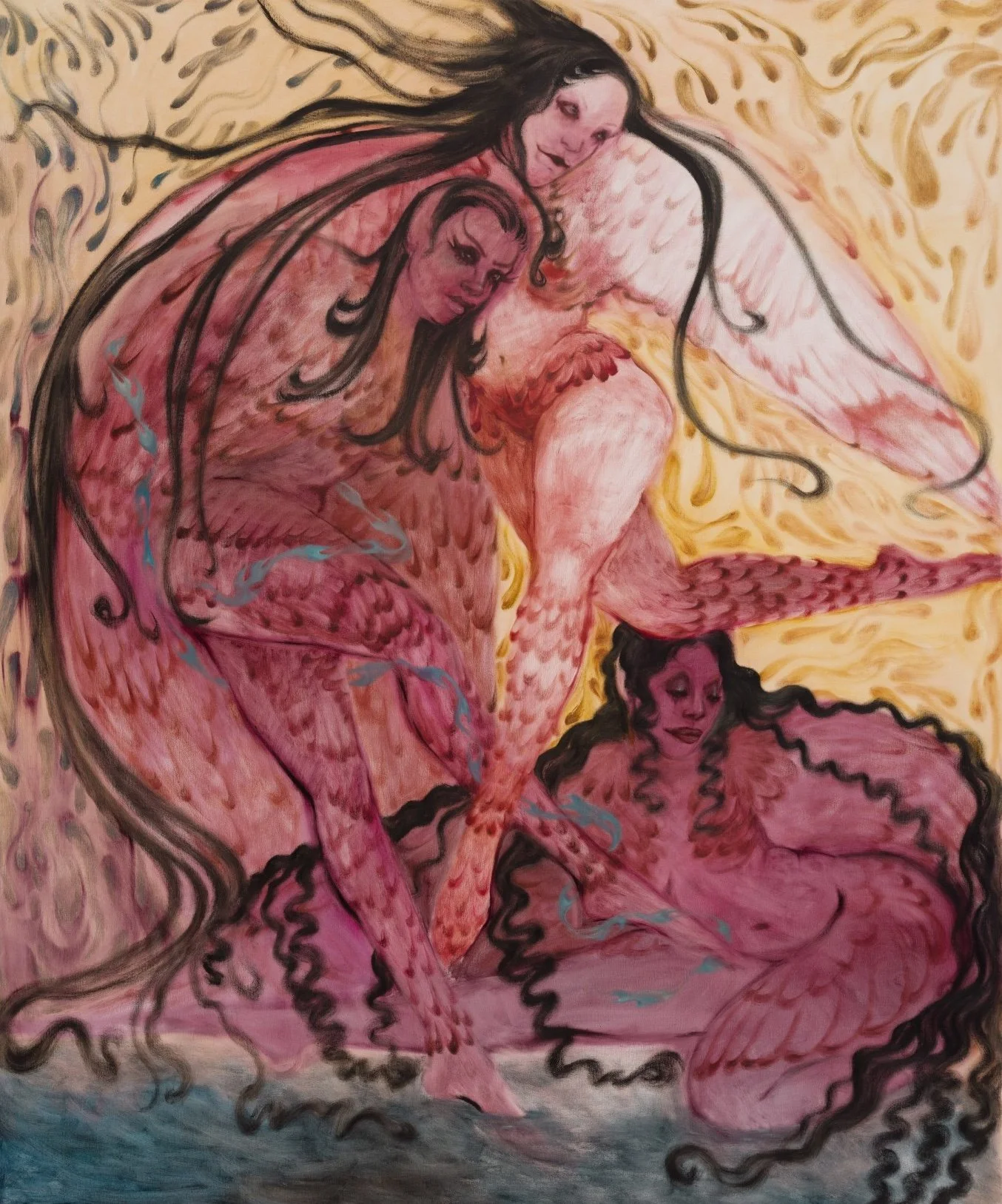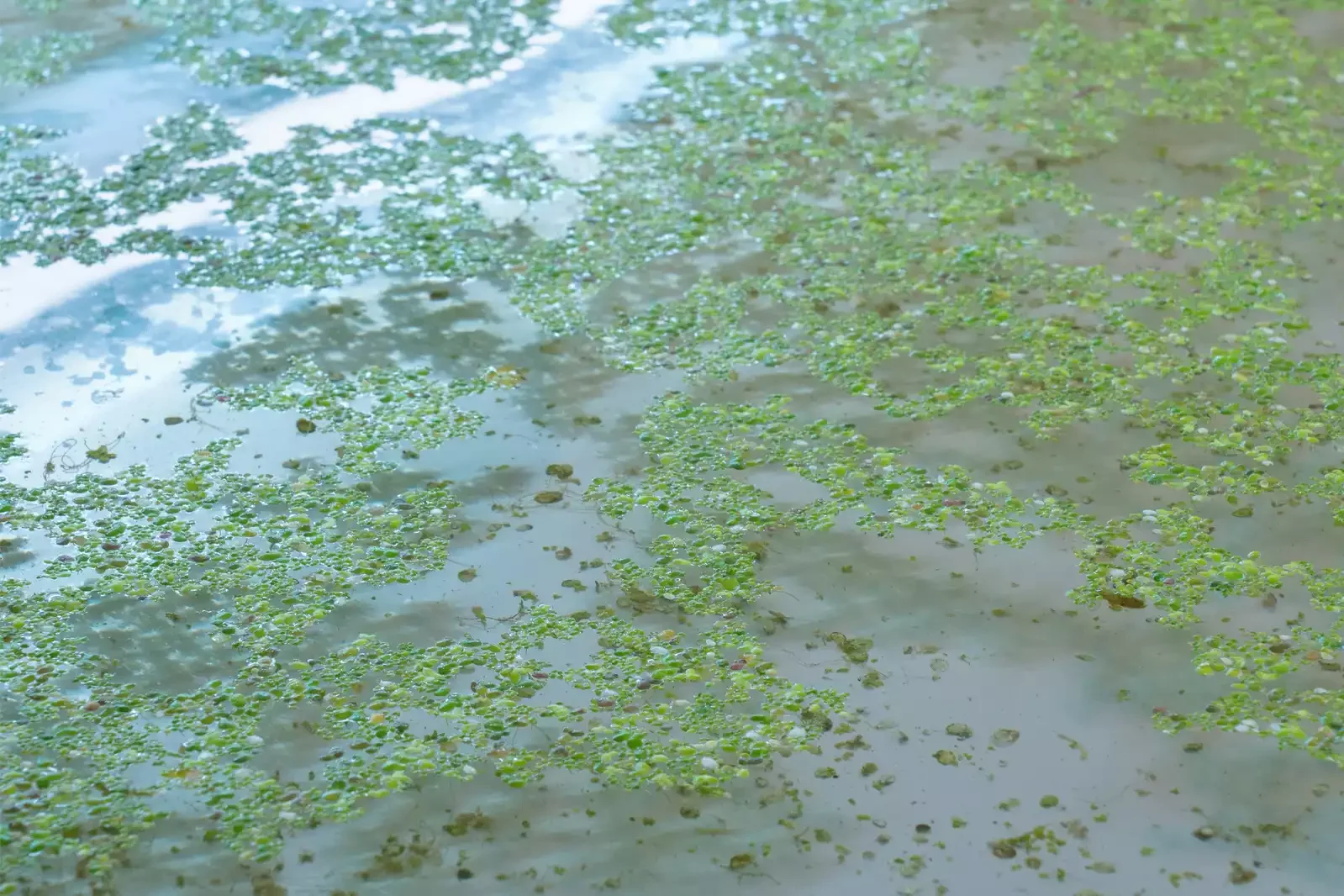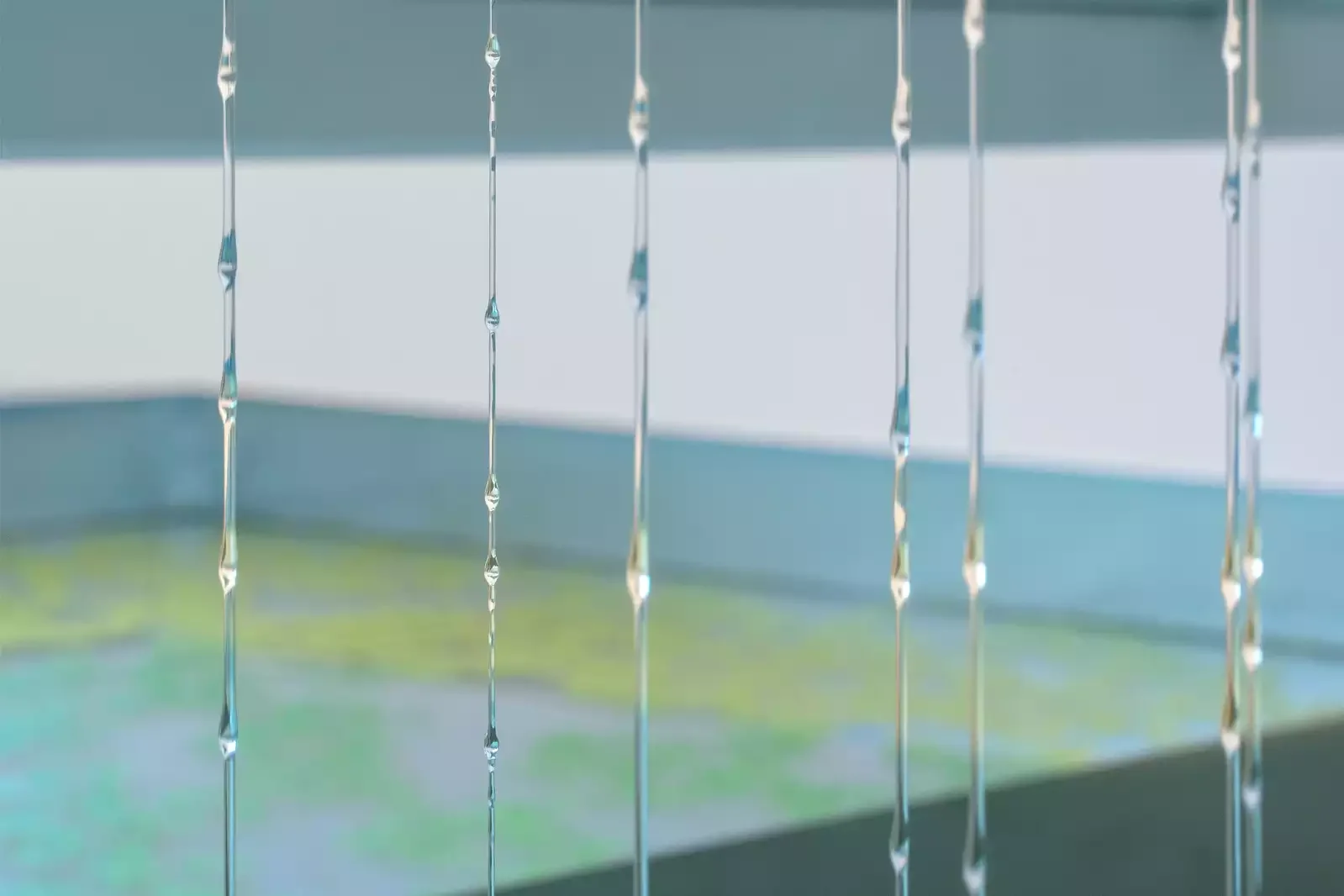Love, Sirens, and Insomnia
Aquatican Song by Naudline Pierre
Here are five works I loved at Frieze London this year
Every October, in the run-up to Halloween (my favourite holiday), artists and art lovers descend on the British capital to attend the city’s buzziest art fair, Frieze London. Bright-eyed and bushy-tailed, with iPhones in hand, many hope to see the best of contemporary art at the main fair, while others venture over to Frieze Masters for something more classic.
As I arrived at the fair on Wednesday, there was a sense of optimism in the air, and a question on many people’s minds: “Is the art market going to be okay after all?” The aisles were packed as people clamoured to see the most talked-about booths. With seemingly endless directions to walk in, I made my way haphazardly around the fair, stopping only at the art that felt the most compelling. While many pieces moved me, a few truly stood out this year. Here are five artworks from Frieze London that I absolutely loved.
Collapsed Timelines (Popo Aguda) by Bunmi Agusto
As part of a new curated section of the fair titled Echoes of the Present, Bunmi Agusto presents her debut solo presentation at Frieze. What I particularly love about this piece is its personal exploration of the artist’s Nigerian and Brazilian heritage. Bunmi’s works are always very layered, often including subtle 'easter eggs' that link one work to the next. Here, the inclusion of cowrie shells and manillas is very intentional and rich in symbolism. The fragmentation of her subject also conveys a sense of disconnection, mirroring the narrative of her ancestors' experiences across Brazil and West Africa.
Love is Blind (Grey) by Monica Bonvicini
I love artworks with reflective and glossy surfaces, so I was naturally drawn to this stainless steel sculpture by Monica Bonvicini. Bonvicini’s practice often explores sexuality through the use of fetishised objects. I like the simplistic yet playful nature of this work: the sculpture features a pair of handcuffs hanging from a chain, alluding to hidden sexual narratives. Even the title, with its inclusion of the word “Grey,” immediately brings to mind Fifty Shades of Grey. Bonvicini's sculpture is alluring, yet quietly understated.
Mlingani V, District Six, Cape Town by Zanele Muholi
South African artist Zanele Muholi’s monochrome works have this unbelievably striking quality to them. The colour contrast really adds an element of drama to each photograph. I got the chance to meet Muholi at Frieze this year, where I kept repeating the words “Such a huge fan,” over and over again lmao. In this photographic self-portrait, Muholi draws you in with a powerful gaze, as the artist explores themes of sexuality and the Black body. If you missed this piece at Frieze, you can still see Muholi’s work in a solo exhibition at QUEERCIRCLE until November 16.
Insomnia by Xin Liu
Public Gallery’s solo booth drew in quite the crowd this year, with many people gathering to record the dripping, viscous liquid from Xin Liu’s large-scale steel tank installation. The London-based Chinese artist explores technological fantasies in her works, creating sculptures and installations that feel extra-terrestrial. At the heart of Insomnia is duckweed, a floating, moss-like plant the artist uses to explore ecosystems and biological overproduction. What I loved most was the seemingly endless trickle of liquid from the green towers, which powerfully echoed the perpetual cycle of insomnia. Also, the way Liu mimics the appearance of rain using silicone oil is amazing. A must-see.
Aquatican Song by Naudline Pierre
Naudline Pierre is easily one of my favourite artists, and her solo booth at Frieze this year was truly a highlight for me. Her jewel-toned paintings are rooted in mythology and have this ethereal aura about them. In Aquatican Song, winged figures embrace against a fantastical backdrop, appearing before a body of water. What I love about this painting is its softness, conveyed not only by the colour palette but also by the swirling brushwork and overall composition. Pierre successfully reimagines Renaissance portraiture, portraying Black femininity in a way that feels entirely new. Five stars.
See more of my favourites in the curated collection Curators’ Picks: Frieze London & Frieze Masters on Artsy.








